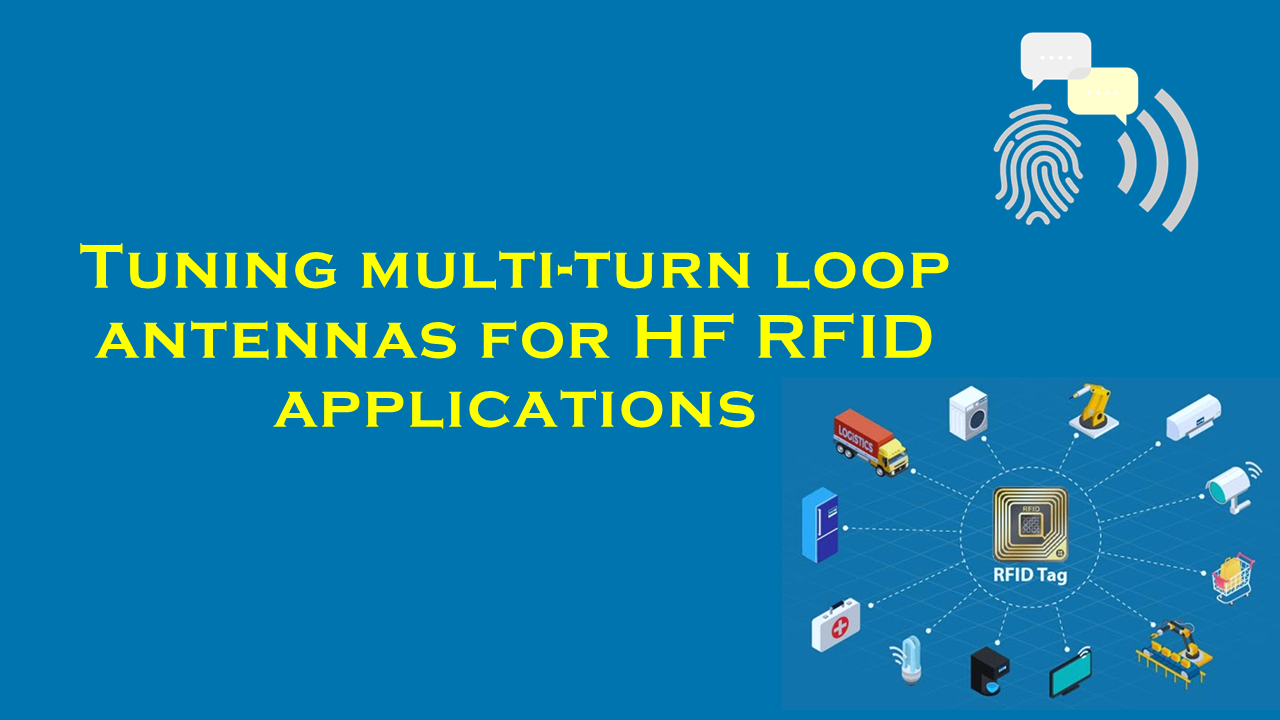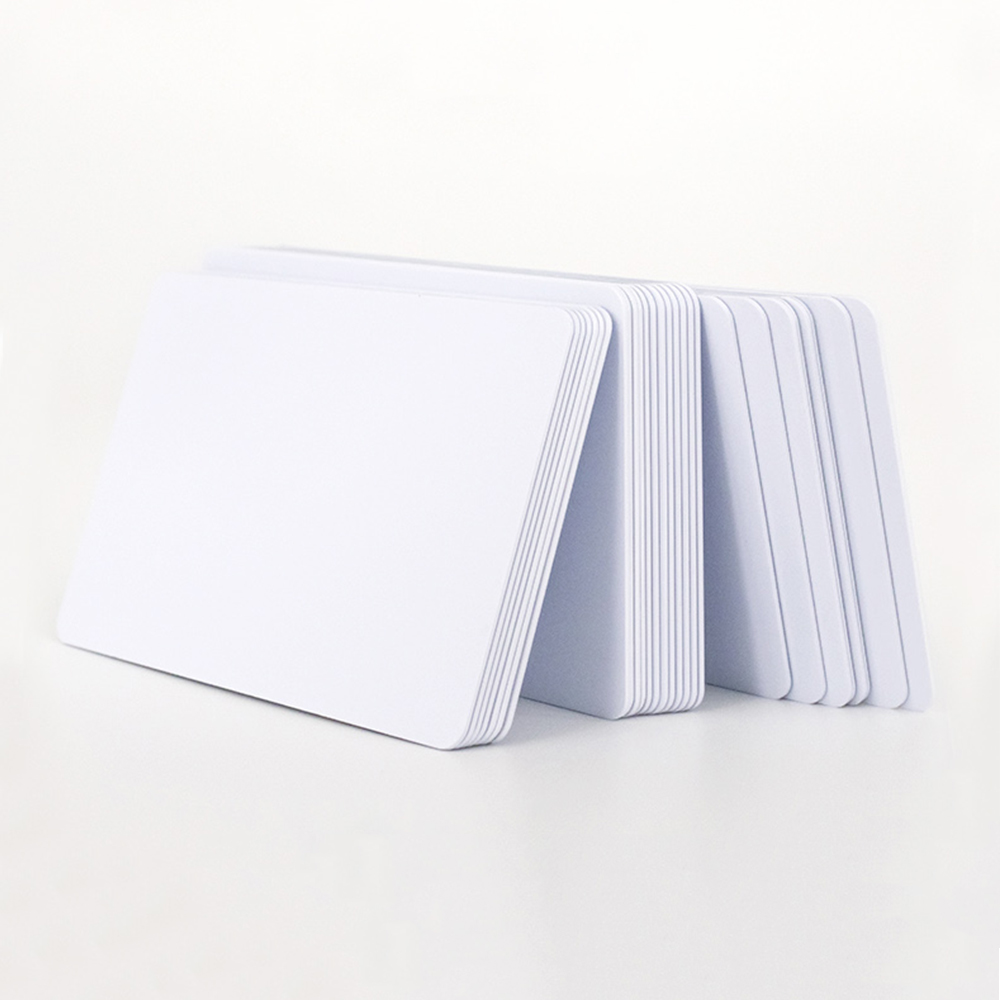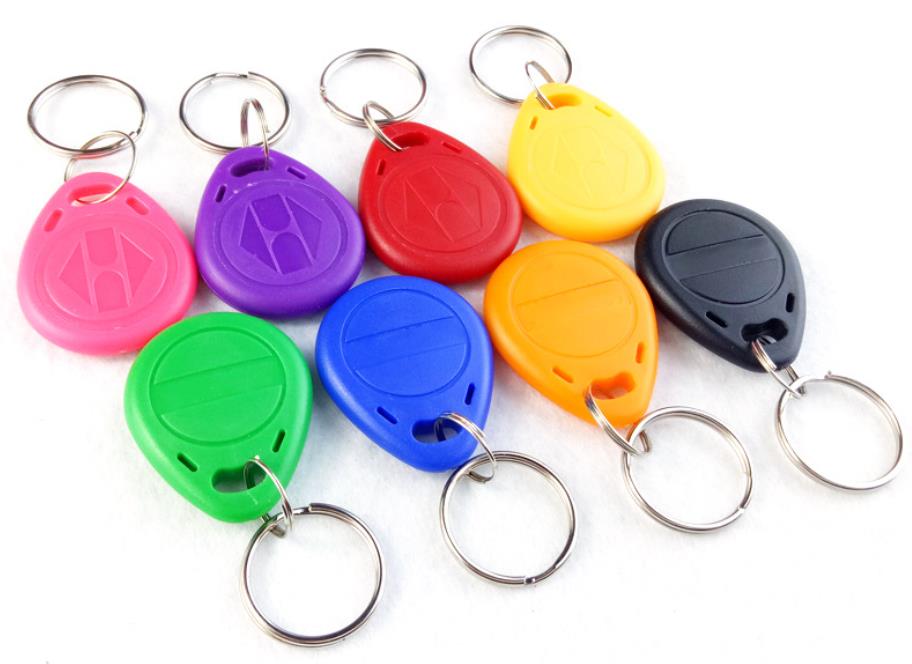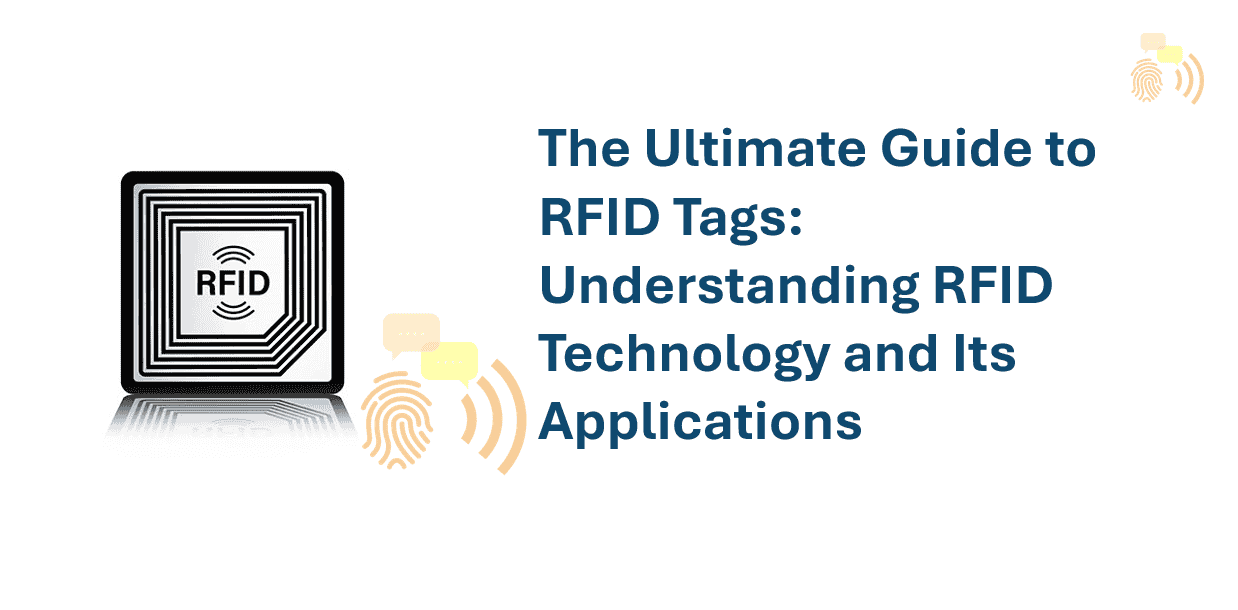Tuning multi-turn loop antennas for HF RFID applications

Tuning Multi-Turn Loop Antennas for HF RFID Applications: A Comprehensive Guide
Introduction to HF RFID and Loop Antennas
High-Frequency Radio-Frequency Identification (HF RFID) operates at 13.56 MHz and is widely used in applications requiring short to medium-range communication, such as access control, library systems, and inventory management. A critical component in HF RFID systems is the antenna, which transmits energy to RFID tags and receives their responses. Among antenna designs, multi-turn loop antennas are particularly popular due to their compact size, directional field patterns, and suitability for inductive coupling.
However, the performance of these antennas hinges on precise tuning. Tuning ensures the antenna operates at its resonant frequency (13.56 MHz), maximizing energy transfer and read reliability. This article explores the technical aspects of tuning multi-turn loop antennas, supported by industry statistics, and highlights purchaserfid.com as a leading supplier of these specialized components.
The Physics of Multi-Turn Loop Antennas
A multi-turn loop antenna consists of several coiled conductors, which enhance its inductance and magnetic field strength. Key parameters include:
- Inductance (L): Increases with the number of turns and coil area.
- Resistance (R): Includes ohmic losses from conductor material and radiative losses.
- Capacitance (C): Stray capacitance between turns and to the ground.
The antenna’s resonance frequency ((f_r)) is governed by:
[
f_r = \frac{1}{2\pi\sqrt{LC}}
]
To operate at 13.56 MHz, designers must balance (L) and (C) precisely. Misalignment by even a few percentage points can degrade read range by up to 50%, underscoring the need for meticulous tuning.
Challenges in Tuning HF RFID Antennas
- Material Variability: Substrate materials (e.g., FR4, polyimide) affect capacitance and inductance.
- Environmental Factors: Nearby metallic objects or liquids detune antennas by altering stray capacitance.
- Quality Factor (Q): High Q improves selectivity but reduces bandwidth, necessitating trade-offs.
Statistics reveal that 35% of RFID system failures stem from poorly tuned antennas, leading to increased costs and operational delays. Proper tuning can boost read rates from 70% to over 95% in dense environments.
Step-by-Step Tuning Process
- Calculate Initial Inductance: Use formulas or simulation tools to estimate inductance based on turns, diameter, and wire gauge.
- Adjust Turns and Geometry: Increase turns for higher inductance; expand coil diameter for lower inductance.
- Add Matching Capacitors: Compensate for inductance using parallel or series capacitors.
- Test with Network Analyzers: Measure S11 parameters to ensure resonance at 13.56 MHz.
- Environmental Testing: Validate performance under real-world conditions (e.g., near metal or moisture).
Leading suppliers like purchaserfid.com simplify this process by offering pre-tuned antennas with customizable specifications. Their products feature adjustable capacitors and rugged designs, reducing tuning efforts by up to 40%.
Benefits of Properly Tuned Antennas
- Improved Read Range: Tuning enhances field strength, extending read distances by 20–30%.
- Power Efficiency: Resonant antennas reduce reflected power, cutting energy consumption by 15–25%.
- Interference Mitigation: Optimized Q factors minimize noise from adjacent devices.
A 2022 study by RFID Journal found that companies using tuned antennas saw a 22% reduction in tag misreads and a 17% increase in system uptime.
purchaserfid.com: Leading the Market in RFID Antennas
As demand for HF RFID grows (projected market value: $18.2 billion by 2030, per Grand View Research), suppliers like purchaserfid.com have emerged as industry pioneers. Their multi-turn loop antennas are renowned for:
- Precision Engineering: Laser-cut coils and low-loss materials ensure consistent performance.
- Customization: Adjustable capacitors and modular designs cater to diverse applications.
- Durability: Encapsulated coatings protect against humidity and mechanical stress.
A case study with a European logistics firm demonstrated that switching to purchaserfid.com’s antennas improved inventory scanning speeds by 35%, saving $250,000 annually in labor costs.
Real-World Applications
- Healthcare: Tuned antennas enable secure tracking of medical assets and patient wristbands. Over 60% of U.S. hospitals now use HF RFID for equipment management.
- Retail: Stores leverage tuned systems for contactless payments and anti-theft solutions. The retail RFID market is expected to grow at a 10.4% CAGR through 2027 (MarketsandMarkets).
- Manufacturing: Automotive plants use HF RFID for tracking components, reducing errors by 27% (ABI Research).
Future Trends and Innovations
Emerging trends include:
- Miniaturization: Smaller antennas for wearable devices.
- IoT Integration: Smart antennas with embedded sensors for real-time diagnostics.
- Sustainable Materials: Recyclable substrates to reduce environmental impact.
Purchaserfid.com is at the forefront, investing in AI-driven tuning algorithms and eco-friendly manufacturing processes.
Conclusion
Tuning multi-turn loop antennas is pivotal for optimizing HF RFID systems, directly impacting efficiency, cost, and scalability. With suppliers like purchaserfid.com offering cutting-edge solutions, industries can harness RFID’s full potential. As technology evolves, the synergy between precise antenna design and innovative suppliers will drive the next wave of RFID advancements.






